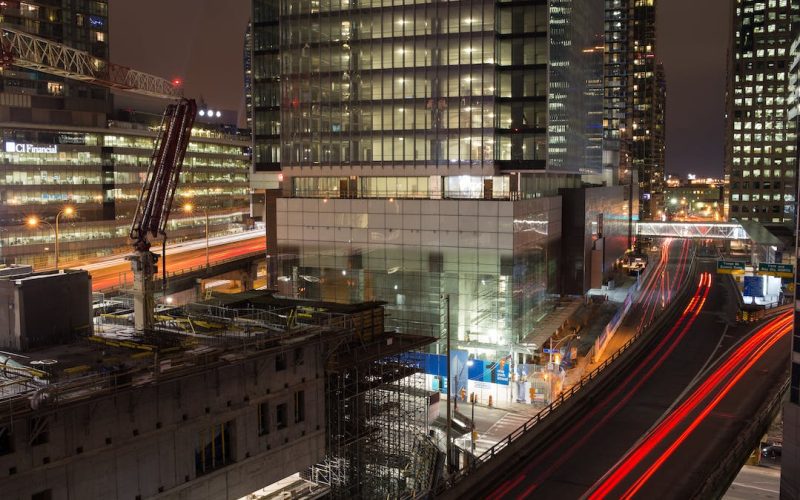Introduction
Leasing commercial real estate is not merely a transaction; it’s an art form that requires finesse and expertise. In this comprehensive guide, we will explore the intricate world of commercial real estate lease agreements. From the art of negotiation to deciphering complex lease terms and implementing effective lease management practices, you will gain the knowledge needed to navigate the commercial real estate landscape like a pro.
The Significance of Commercial Real Estate Lease Agreements
Before we delve into the details, let’s emphasize the significance of commercial real estate lease agreements:
Commercial Real Estate Lease Agreements: These legally binding contracts define the terms and conditions under which a commercial property is leased. They are the cornerstone of the landlord-tenant relationship, dictating rights, responsibilities, and financial commitments.
1. Mastering the Art of Negotiation
Crafting a successful commercial lease agreement begins with the art of negotiation. Here’s how to excel in this crucial stage:
Understanding Tenant Needs
For landlords and tenants alike, comprehending the specific needs of the business is paramount. Identifying the type of space required, preferred location, and essential amenities is the foundation of a successful lease agreement.
Negotiating Lease Terms
Negotiation is the heart of the leasing process. To master this art:
- Stay Informed: Start by gaining a comprehensive understanding of market conditions, including current rental rates and vacancy rates.
- Define Lease Term: Determine the lease term that aligns with your business strategy, be it a short-term lease for flexibility or a long-term lease for stability.
- Rent Structure: Negotiate the rent structure, which includes base rent, rent escalations, abatements, and any incentives.
- Tenant Improvements: Dive into the specifics of tenant improvement allowances and establish who will manage improvements or alterations to the leased space.
- Assignment and Subletting: Clarify the rights and restrictions related to assignment and subletting, allowing for future adjustments based on business needs.
2. Deciphering Key Lease Terms
Once you’ve successfully negotiated a lease agreement, it’s crucial to decode the key terms within the contract:
Rent and Escalations
The rent and escalations clauses specify how much rent is to be paid, when it is due, and any provisions for rent increases. It’s essential to have a clear understanding of whether the lease is net or gross, as this impacts the tenant’s operating expenses.
Common Area Maintenance (CAM)
For properties featuring shared common areas like hallways, lobbies, or parking lots, CAM charges come into play. Understanding what these charges cover and how they are calculated is vital to avoid surprises.
Use Clauses
Lease agreements often include use clauses that outline permissible business activities within the leased space. An in-depth understanding of these clauses is crucial to avoid conflicts and limitations.
Repairs and Maintenance
Lease terms define responsibilities for repairs and maintenance. Tenants must be aware of their obligations, as well as any responsibilities assigned to the landlord, to prevent unexpected costs.
Options to Renew
Many commercial leases provide options to renew at the end of the initial lease term. Familiarizing yourself with these clauses ensures that you can extend your lease under favorable conditions when the time comes.

3. Best Practices for Effective Lease Management
After the lease agreement is signed, effective lease management is critical for maintaining a positive landlord-tenant relationship and ensuring smooth operations:
Compliance
Compliance with all lease terms is non-negotiable, especially in areas related to rent payments and property maintenance. Meeting your obligations is a fundamental aspect of successful lease management.
Record-Keeping
Maintaining meticulous records of all communications and transactions related to the lease is essential. These records serve as a valuable resource in case of disputes or misunderstandings.
Open Communication
Open and transparent communication with your landlord or tenant is key to resolving issues, addressing questions, and preventing conflicts from escalating.
Lease Management Software
Consider utilizing lease management software to stay organized and on top of important dates and obligations. These tools are instrumental in managing lease payments, renewal dates, and maintenance responsibilities efficiently.
Conclusion
Leasing commercial real estate is an art that requires expertise in negotiation, comprehension of key lease terms, and effective lease management. By mastering these aspects, you can navigate the complex world of commercial real estate with confidence and professionalism. Lease agreements are not just pieces of paper; they are the pathways to successful landlord-tenant relationships and thriving business operations. Whether you’re a seasoned professional or new to the game, the ability to lease like a pro opens doors to growth and prosperity in the commercial real estate industry.











